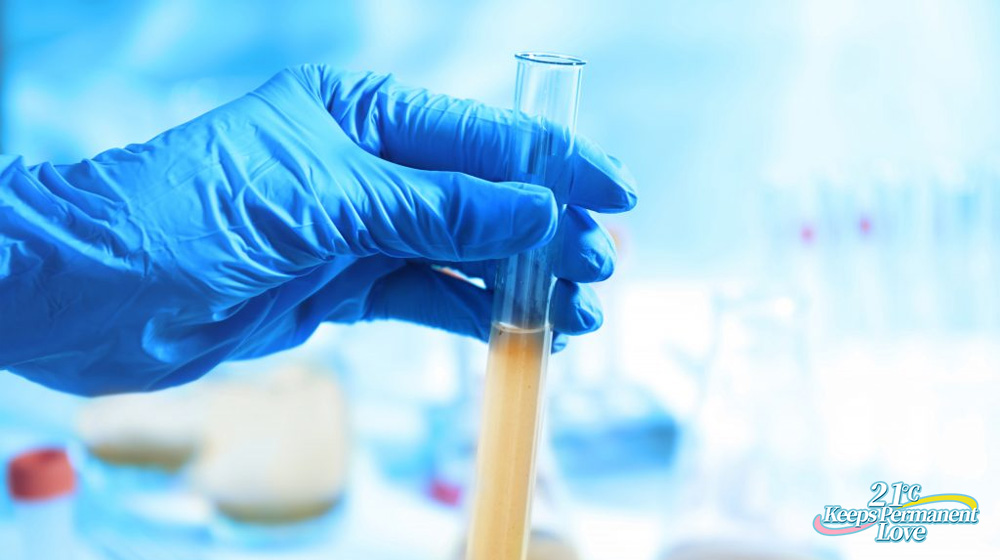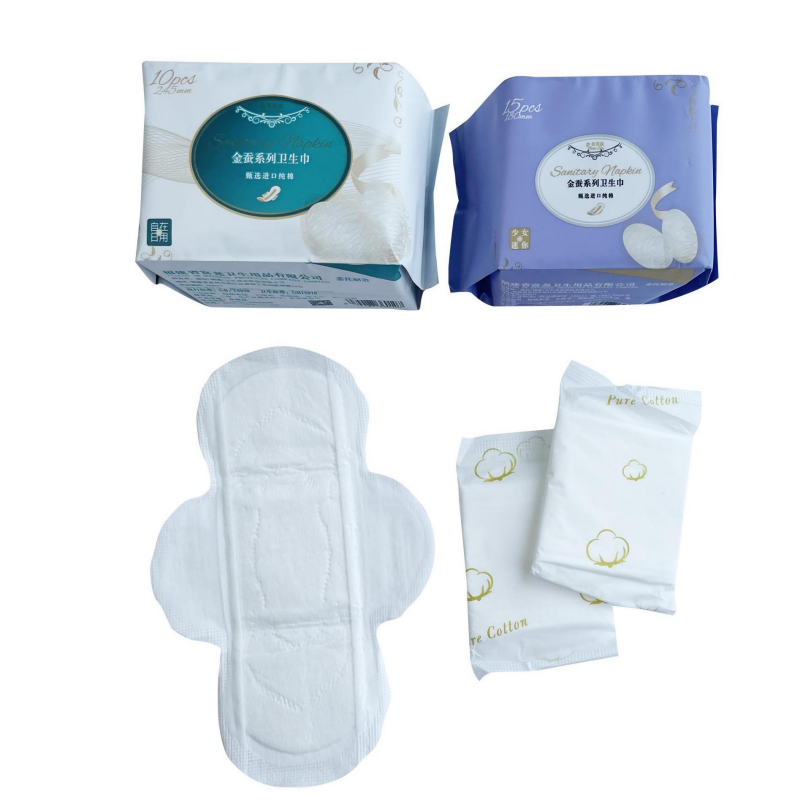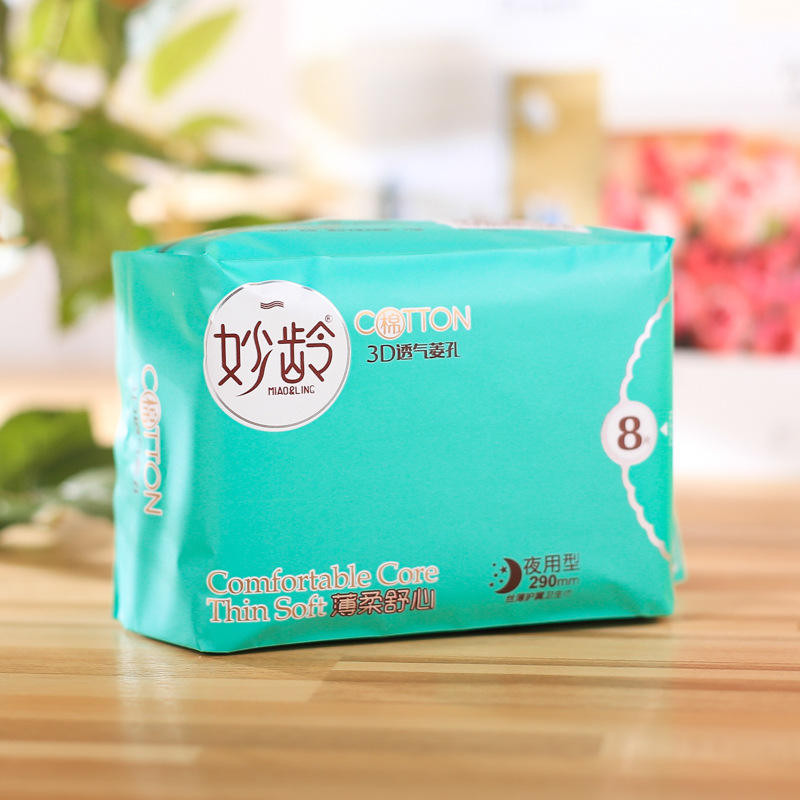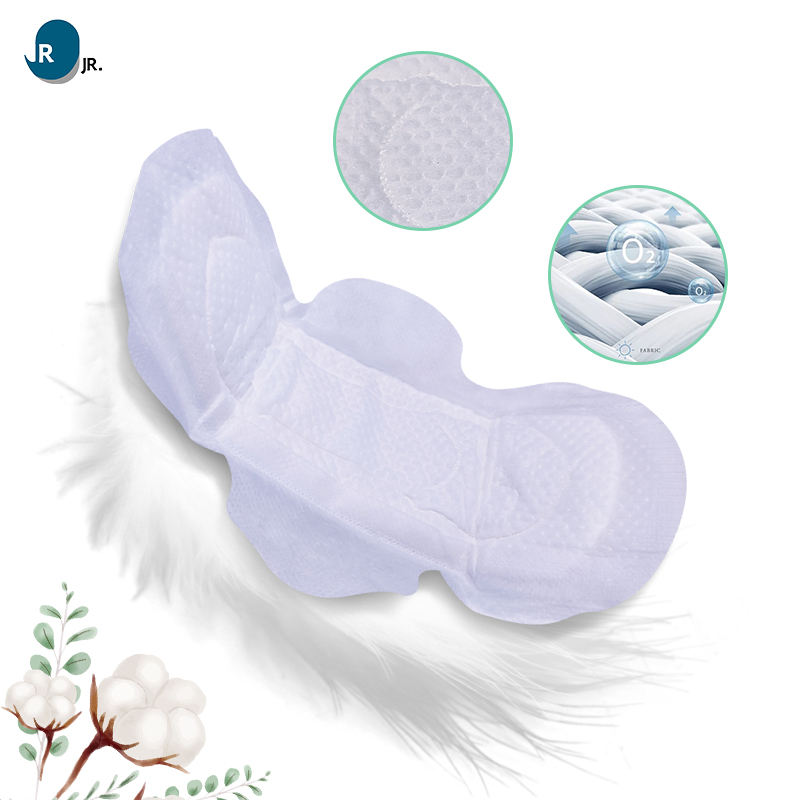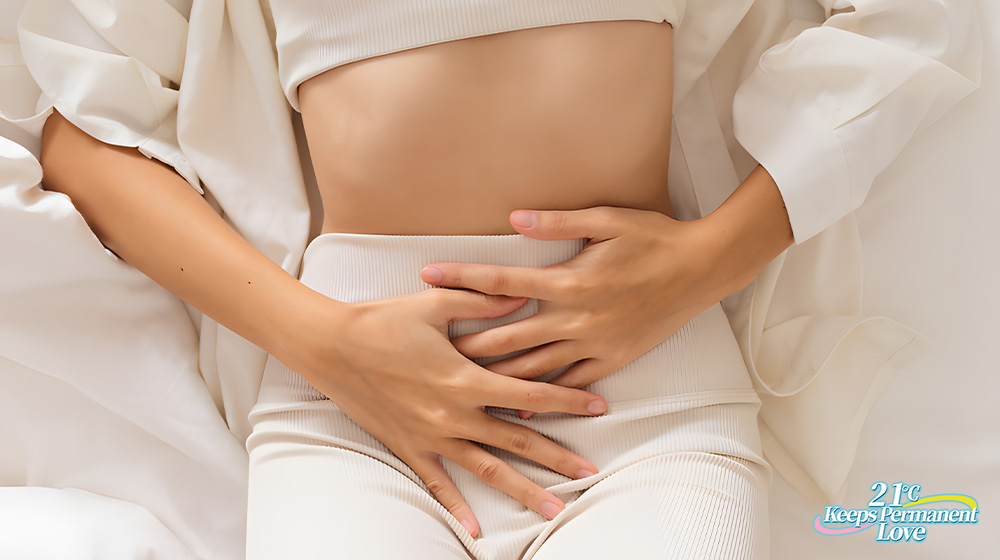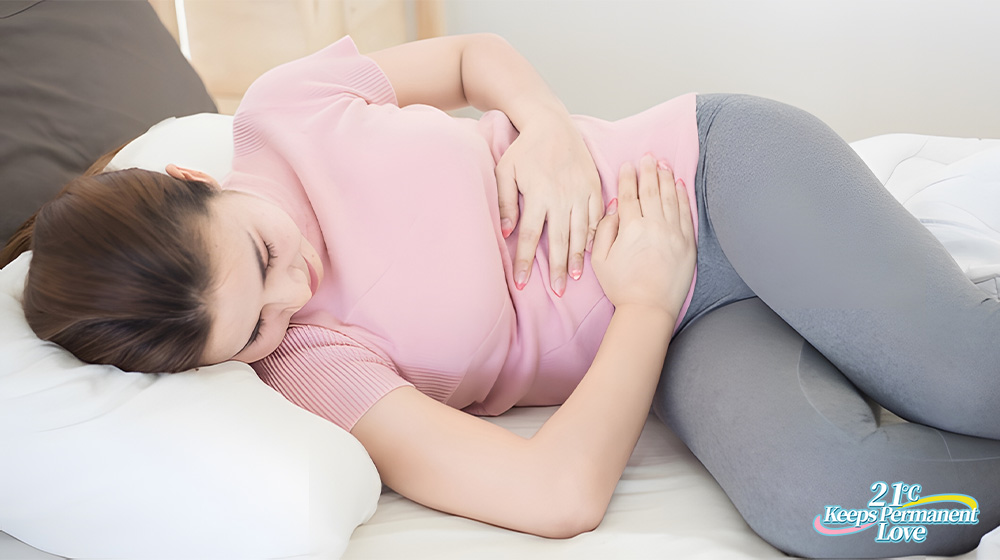Why Sanitary Napkin Test is Necessary for Our Health
In India, menstruation, often known as a period, is one of the most taboo subjects.
Because the matter is never mentioned, public understanding about sanitary products, related health, and hygiene issues is frequently overlooked.
Do you know what materials your sanitary pads are made of? Are you aware of the ailments that your pad may cause?
If your response is no, and you are a menstruating person, you should be concerned.
The worrisome reason for properly researching and looking into the chemicals included in sanitary pads before using them is that when you use pads during your menstrual cycles, you’re putting them around one of your body’s most sensitive and permeable areas.
Over time, you expose your body to carcinogens, toxins, and chemicals that have the potential to cause diseases such as cancer, infections, and UTIs.
Most menstruating women, when going to buy sanitary napkins, choose the product based on the price and packaging.
But are these actually accurate pointers to a good and safe sanitary pad?
Toxins and chemicals present in sanitary pads:
DIOXINS: When you unwrap a sanitary pad, it appears to be brand new and white. But did you know that it’s bleached with chlorine to make it seem like that? Manufacturers use bleaching agents called dioxins, and they are exceedingly poisonous and hazardous pollutants to your body.
Dioxins are carcinogens and can cause problems like ovarian cancer, endometriosis, infertility, hormonal imbalance, pelvic inflammatory disease, and various menstrual disorders.
PESTICIDES: Cotton is sprayed with a variety of insecticides and herbicides while being harvested. Some of these compounds, such as furan, pyrethrum, and procymidone, can still be found in your sanitary pads, which is why you should be concerned. Not to mention that these toxins can cause cancer, hormonal disorders, infections, and thyroid problems.
PLASTICS: Your absorbent and leak-proof sanitary pads are extremely dangerous for your health! Because they’re made of petrochemicals, these plastics are hazardous.
The plastic layer of pads absorbs moisture and heat by blocking ventilation, creating an ideal environment for yeast and bacteria to thrive. Rashes, yeast infections, chafing, and discomfort are all possible side effects.
FRAGRANCES: The ads showing pleasant-smelling sanitary napkins are fooling you. Even though these fragrant pads seem harmless, they’re not so. The odor neutralizers and artificial smells found in pads are recognized allergens, irritants, infect ants, and carcinogens that can enter the bloodstream and cause a variety of negative effects. After combining with the blood, the chemicals might cause organ damage.
After looking at the possible dangers and diseases a normal-looking pad can cause, it is extremely important that sanitary napkin testing is performed.
Sanitary napkin testing services provided by good, recognized, and accredited Sanitary Napkin Testing Laboratory gives assurance of good and safe products. That is why it is crucial that sanitary napkin manufacturers do so on a regular basis.
Quality Standards for Sanitary Napkins Testing
The Bureau of Indian Standards has developed severe requirements to ensure the quality of sanitary napkins. IS 5405 contains extensive explanations of the requirements that sanitary napkin manufacturers must meet.
Types of Sanitary Napkin Testing
Test of materials being used in napkins: There is absorbent filler in every sanitary napkin, such as cellulose pulp, cellulose wadding, tissues, and cotton. These filters are checked for lumps, oil spots, dirt, and foreign contaminants before being used.
Test of size: Sanitary napkins come in three sizes: regular, large, and extra-large. There are specified dimensions for each size, such as length, breadth, and width. A sample of ten pads of one size is measured and the average is calculated to test the pad sizes. The pads are judged fit for use if the dimensions meet the requirements of IS 5405; otherwise, they are rejected.
Test of finishing: Sanitary napkins should have a flat surface with no wrinkles or folds that cause the surface to be uneven. The pad’s surface should be soft and agreeable to the touch, and it should not irritate the skin. The adhesive used to build the pad should be handled with care to ensure that only the correct spots are adhered to.
Testing of absorbents: Absorbents are put through their tests by being exposed to liquids. They are considered good if they can soak for an extended period of time without leaking.
Test of disposability: Disposable materials should be used to make sanitary napkins. They are placed in a 15-liter container and swirled for this purpose. When disposable pads are put to the test, they disintegrate.
Test of pH value: The pH of sanitary napkins should be neutral; they should not be acidic or alkaline. They are analyzed to ascertain their pH value for this purpose.
With above mentioned sanitary napkin testing services, Sigma Test and Research centre can test these parameters with accuracy and expertise according to IS 5405. Sanitary Napkin testing can ensure sanitary pads fulfill their purpose without leaking and without causing any discomfort or irritation.

